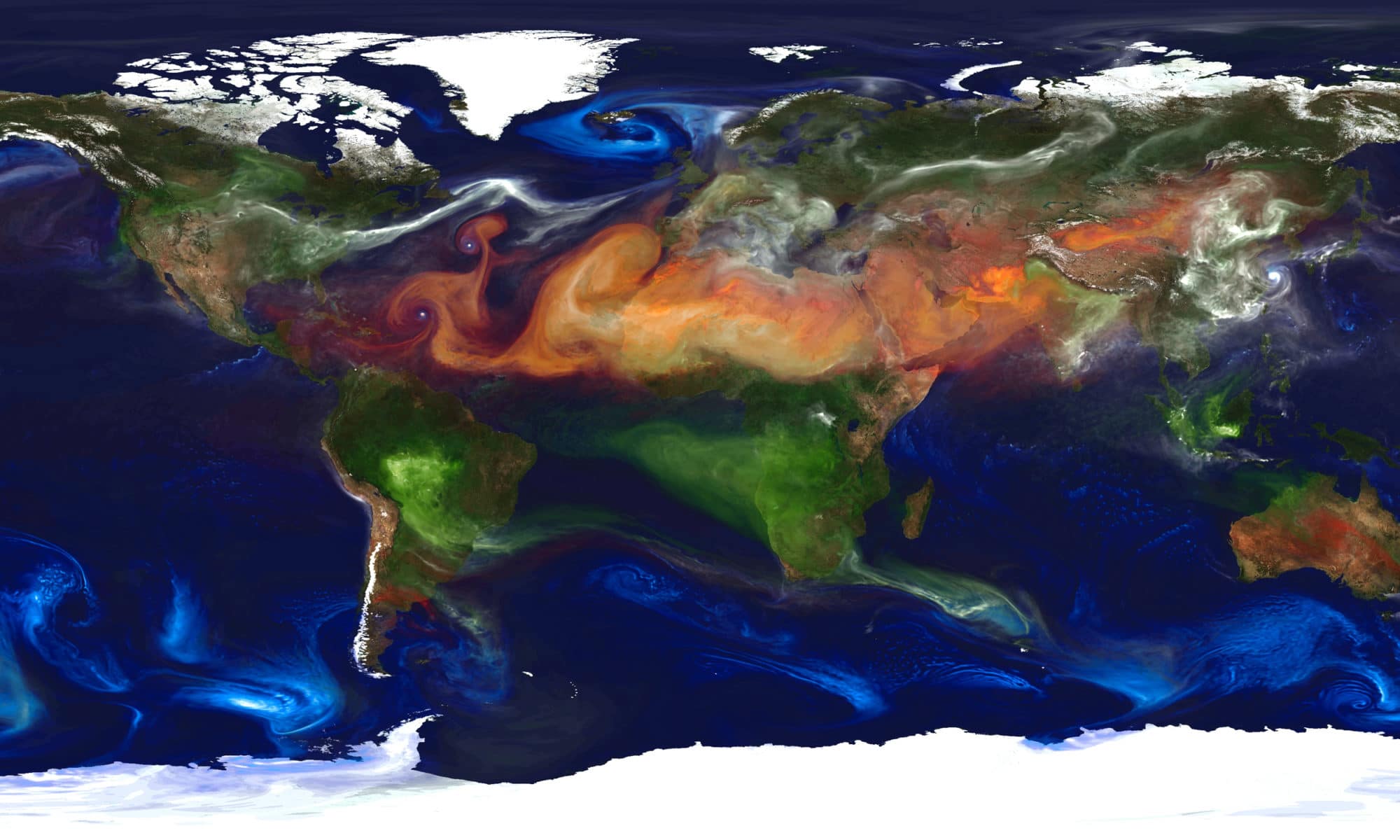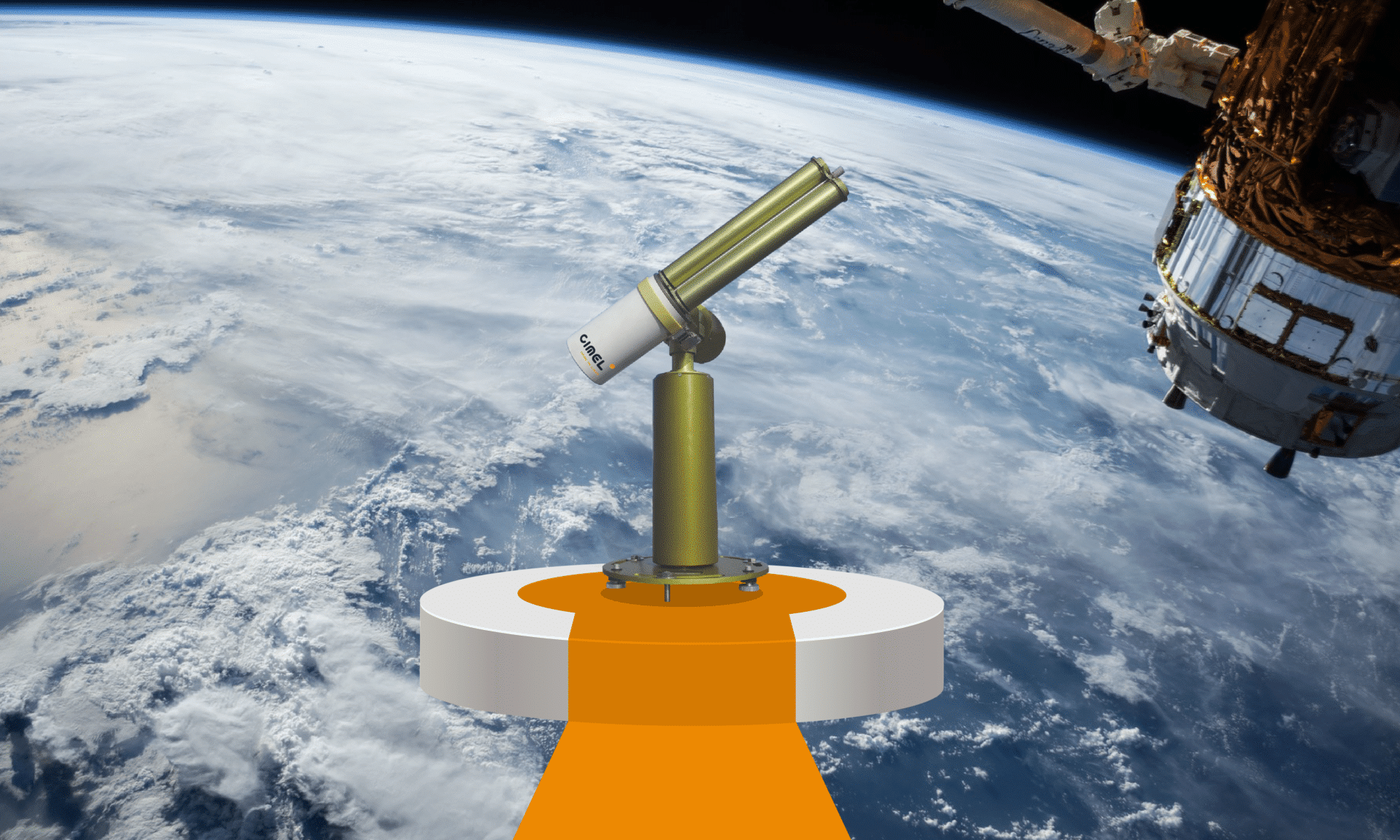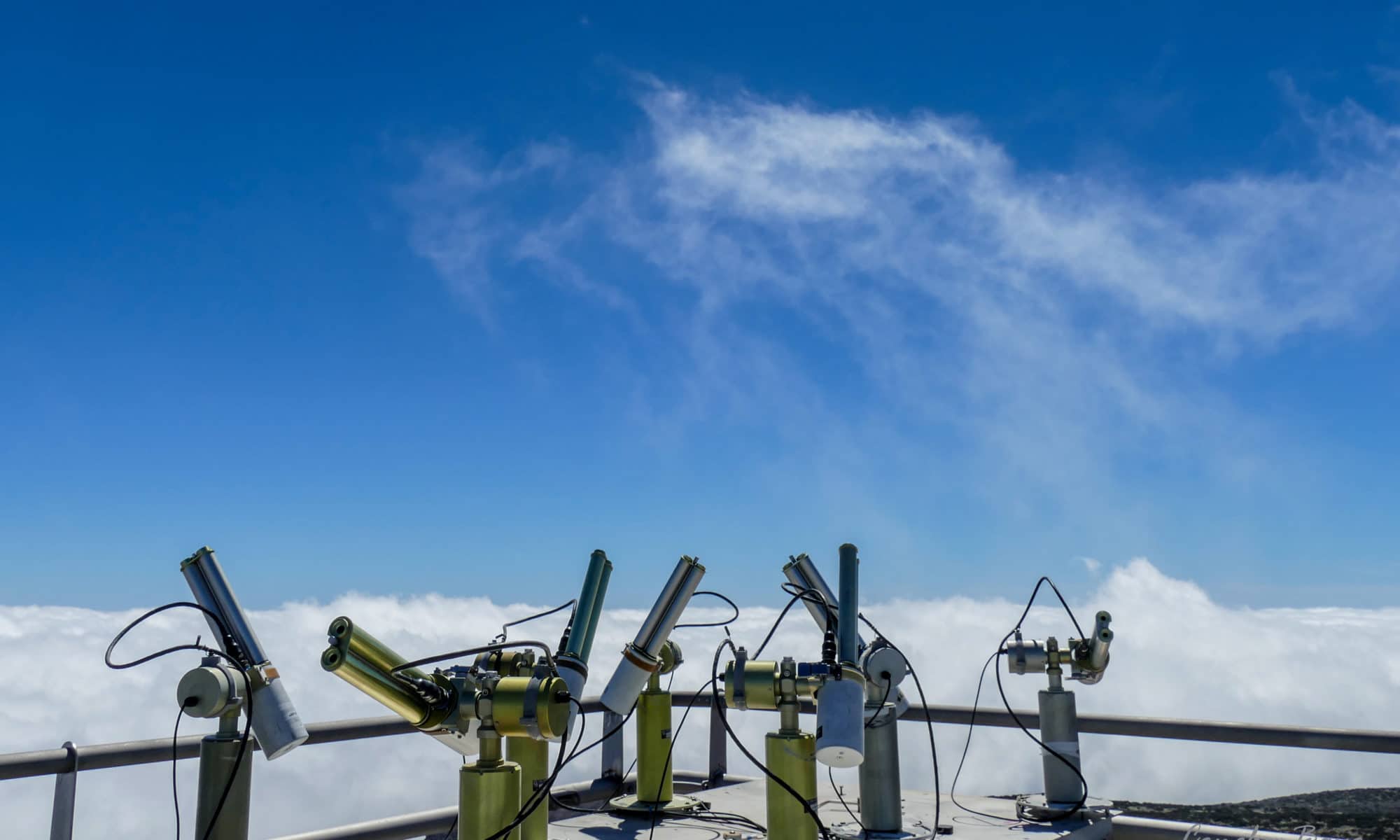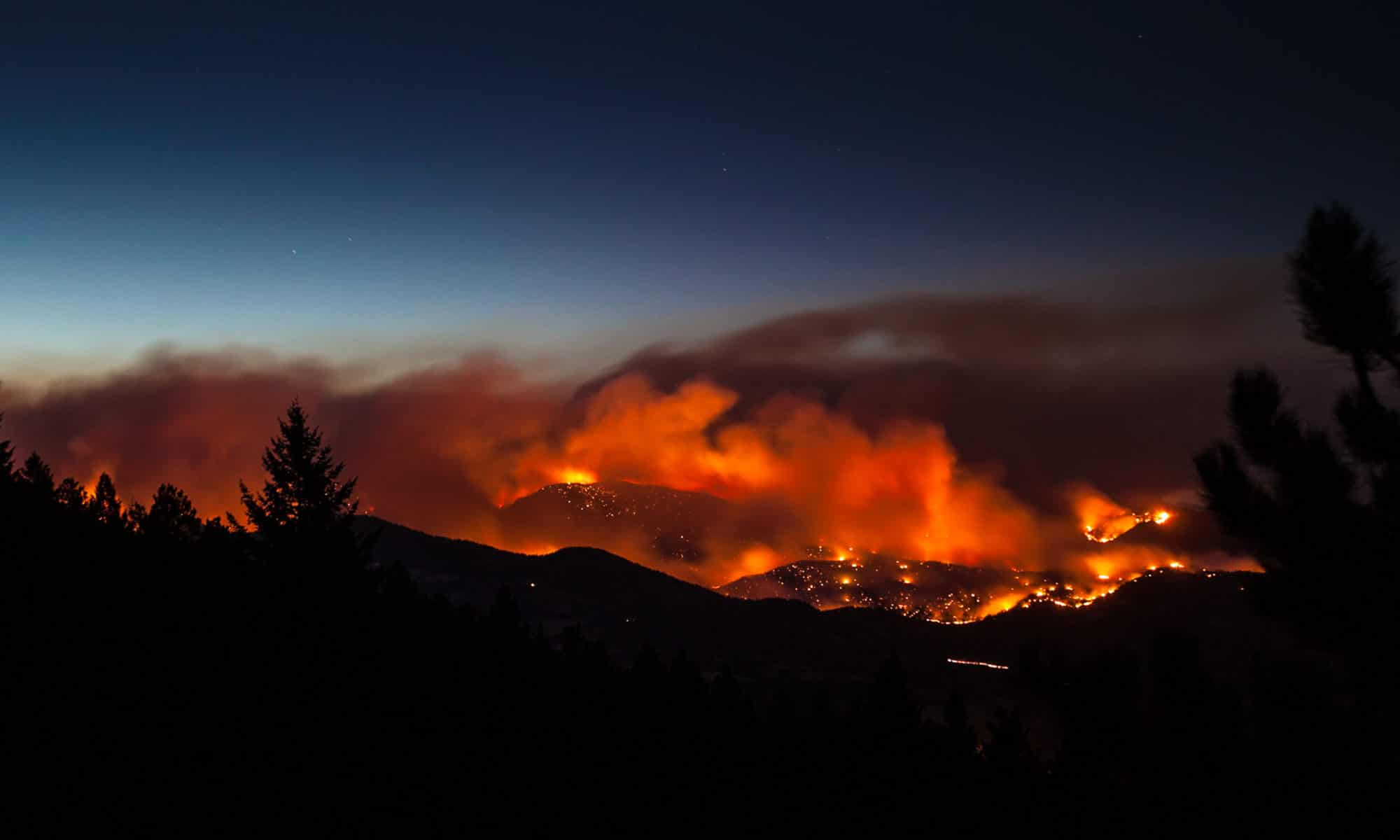Earth Observation Satellites & Ground Monitoring Solutions – an essential synergy for Air Quality and Climate Change
April 30, 2020
Atmospheric monitoring and climate analysis are strategic missions in order to improve the understanding of air quality dynamics and climate change evolutions. This in turn is a pre-requisite for providing reliable information reports with real data measurements and to help decision makers and end-users to understand the impacts and causes of air pollution with atmospheric impacts and to act upon it.
Satellite data is key for atmospheric and climate monitoring by providing a continuous and global view of the Earth parameters. These data are essential inputs for forecast models by improving their accuracy.
By combining satellite observations with models of the atmosphere and measurements from ground-based instruments, like Cimel Remote Sensing Solutions, it is possible to measure accurately and forecast aerosols (particles suspended in the air), as well as quantify gases level (ozone, nitrogen dioxide, sulphur dioxide, carbon monoxide…) and several other kind of environmental parameters (planetary boundary layer, water leaving reflectance for Ocean color, solar radiation, water vapor, atmospheric concentration profiles PM2.5/PM10…).
Cimel solutions keep working continuously and automatically, to help the calibration of satellite instruments and validate their data. Furthermore, Cimel is always active to support the various research activities from the worldwide scientific community.
In this video, different aerosols are highlighted by color, including dust (orange), sea salt (blue), nitrates (pink) and carbonaceous (red), with brighter regions corresponding to higher aerosol amounts.
See more on: https://lnkd.in/edPSdrM
Credit: NASA Goddard Space Flight Center







.jpg)